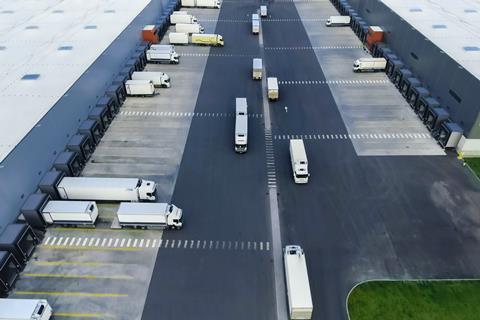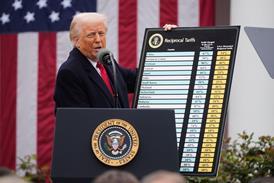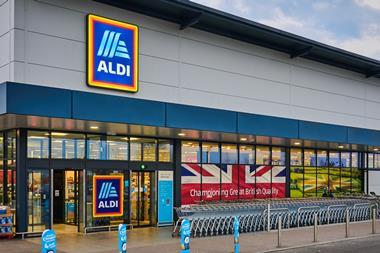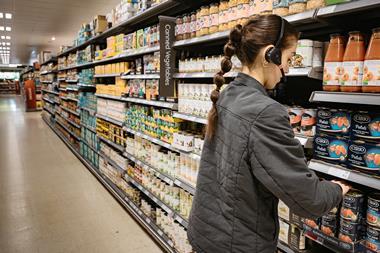
Manufacturers have been in a state of flux for some time, exacerbated by Brexit and the pandemic. Recalibrating in an era when the only consistency is inconsistency is no small feat. But manufacturers’ speed in returning to ‘business as usual’ – or at least a ‘new normal’ – will be a defining, even existential moment for many.
Despite the economic upheaval of the pandemic, it did bring on an unforeseen, transformative stage for business leaders. Never before have the leading manufacturers all had to take stock – quite literally – of their supply chains as they are doing now. Capitalising on this transformation will be key for manufacturers across the supply chain to remain competitive in a post-pandemic world.
Prior to the pandemic, there was a growing interdependency on the global supply chain. There was perceived safety in having a robust, even rigid chain of suppliers. Covid, however, highlighted the fragility of this framework – where the collapse of one link had the potential to unravel an entire chain. While some manufacturers continued operations relatively unscathed, particularly in jurisdictions where local government response to Covid was decisive, others were decimated overnight.
Malleable manufacturers that are quick to respond to change will be the ones that will thrive post-pandemic. This will be the ‘new normal’.
Think of it as a step away from a supply ‘chain’ and instead a shift towards a supply ‘network’. A network that would remove overreliance on one supplier. A network that would spread the risk if one supplier were to experience its own supply issues. A network that would help manufacturers source alternative resources if a supplier were to be hit by a natural disaster – as we’ve seen happen across Europe, America and Asia in recent months.
But change must start at the top if we are to see material difference.
Creating a resilient supply chain from the top is a behaviour the financial services sector has been anticipating for some time. Financial firms, who, like manufacturers, rely on multiple and often international suppliers, will soon be required by their regulator to prove they and their wider network are operationally resilient and able to weather whatever storm comes their way. We can almost certainly expect this trend – and indeed greater regulation – for manufacturers in the coming years.
What learnings can we take from the financial firms here? The first is that firms are collaborating on areas that universally impact them, such as cyber security and technological innovations. The second is that this drive has helped firms establish greater ethics in jurisdictions outside their own – a collective raising of global standards for the benefit of societies and customers alike. These are both areas where manufacturers can, and should, be striving to achieve.
Quite how the pandemic will have rewritten the manufacturing landscape will not be clear for some time. A few had to adapt almost instantaneously and may reap the benefits of that in the long run; others have been under less immediate pressure, but will need to adapt and grasp the opportunity to catch up. The message on this, though, is clear: whatever the impact a manufacturer has experienced, there is a global recalibration taking place as we speak, and those looking to seize on it must act now.



















No comments yet